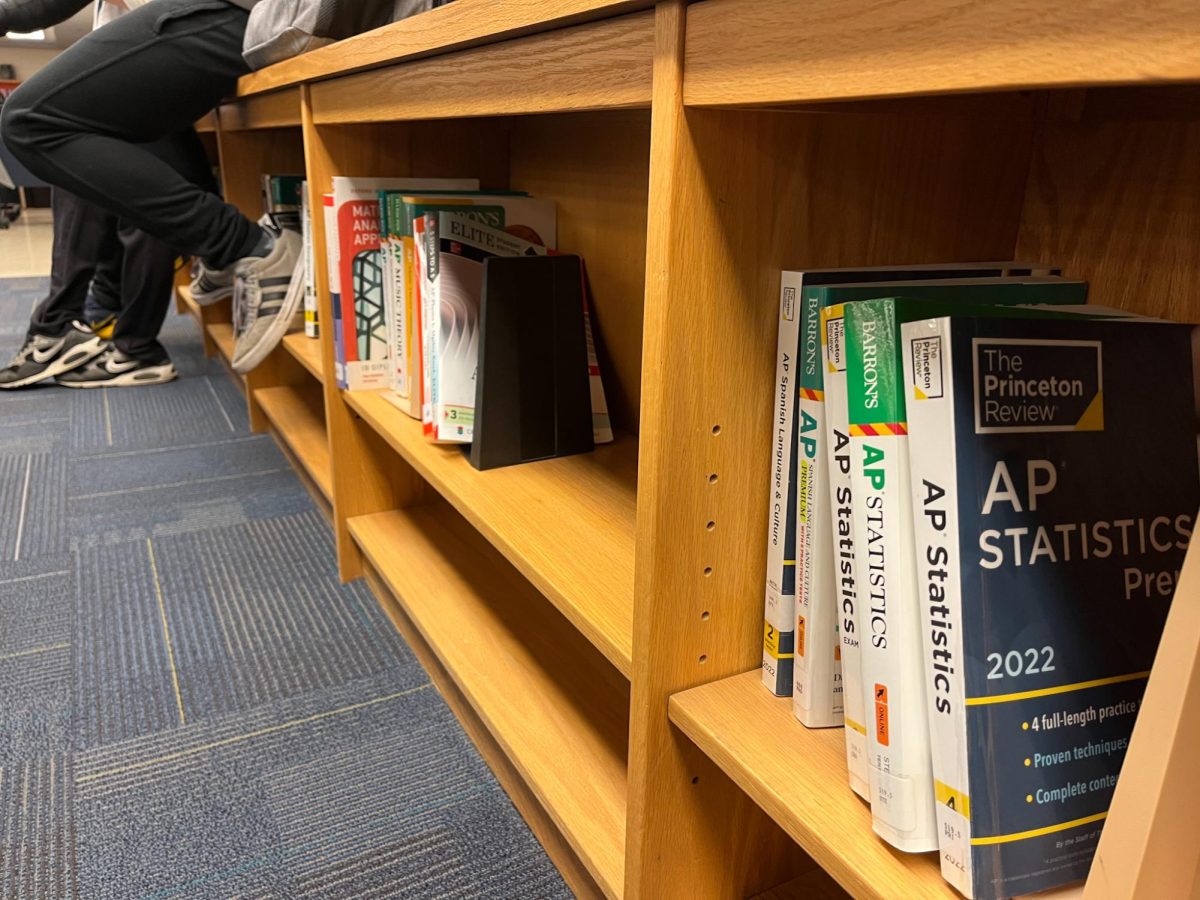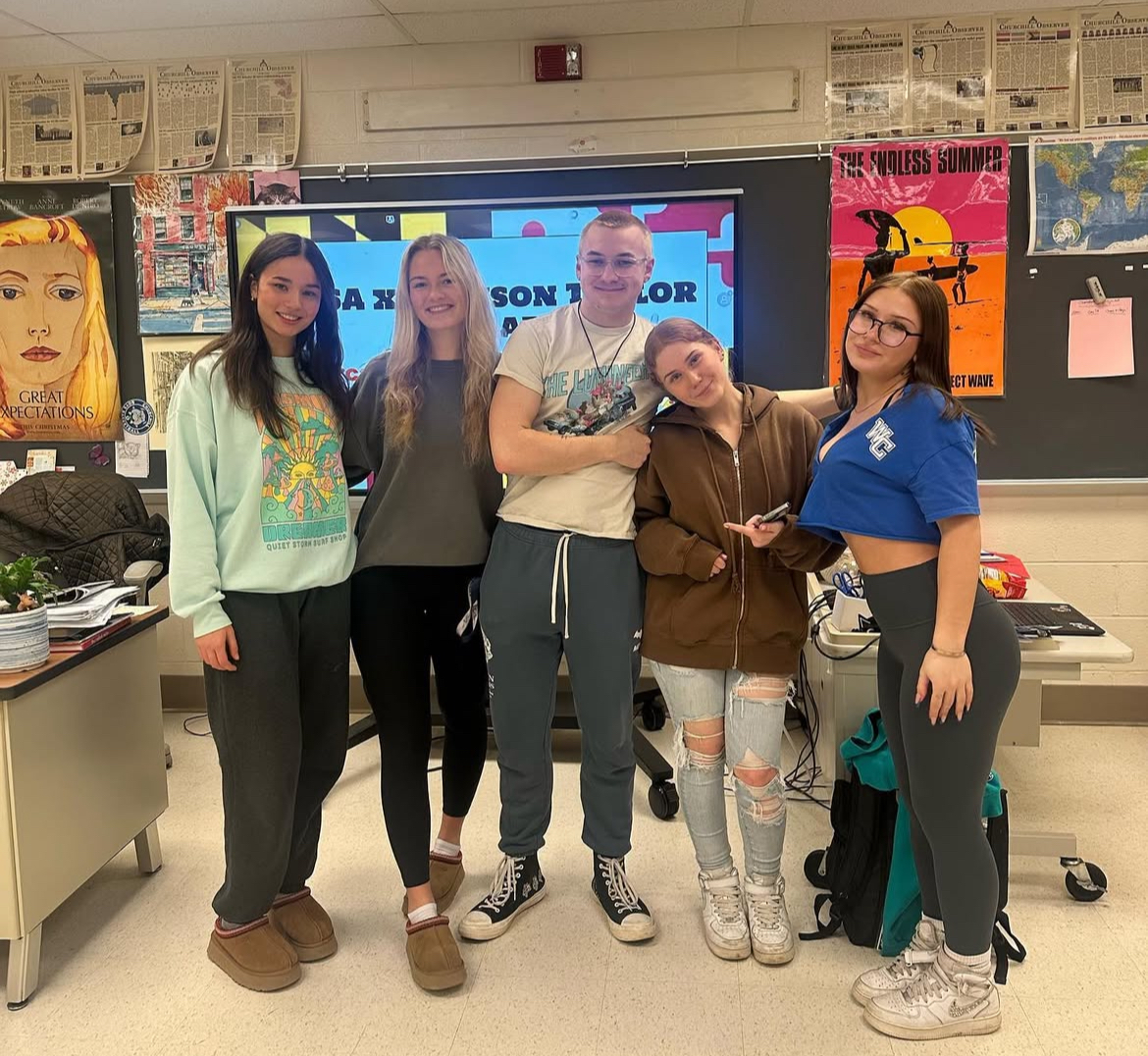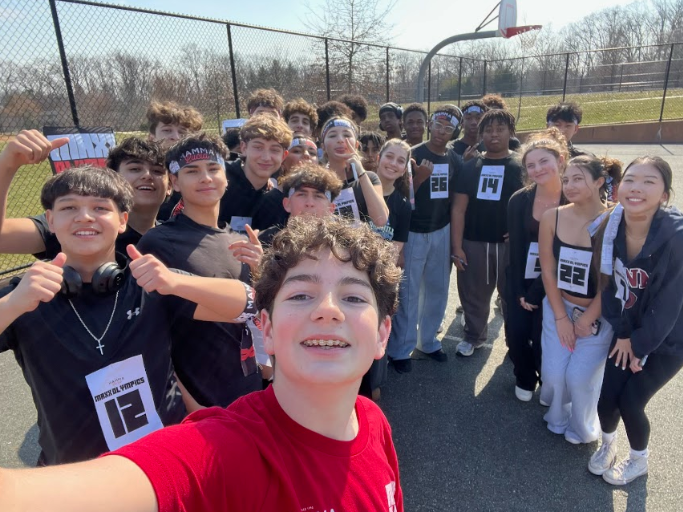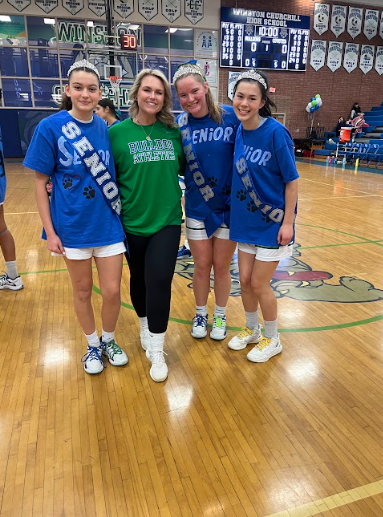Four years, thousands of dollars and a diploma. College is a huge turning point in a teenager’s life and when it comes to choosing the right one, very few people do so without visiting the campus first.
All the brochures and catalogs students receive in the mail show only so much of a school. There is no substitute for actually being on a campus in order to really experience what it would be like to attend school there.
“[An official tour] gives a fairly well rounded overview of the campus,” college and career counselor Luana Zimmerman said. “Also, some colleges track student interest, meaning they keep record of your visits and contacts to determine level of interest.”
Students find that visits can change their preconceived notions of a school. Even though they have some sort of idea of what the school is like, they find out new things when they get there.
“I was expecting a very strict, simplistic college,” senior Brendan Wilde said of the Naval Academy. “I heard the campus was great, but I never truly believed it was that nice [until I visited]. I was blindsided by beautiful marble buildings and the huge halls decorated with our nation’s history. I loved the college campus.”
Since it is impractical to visit every school a student is considering, visiting local schools is a good way for them to get a feel for a general type of campus.
“We recommend students visit a variety of different types of colleges to help determine what kind of campus is best for them,” Zimmerman said. “In the D.C. area we have a great variety of campuses that students can visit to decide if they prefer big or small, urban, suburban or rural colleges. When a student develops a list of preferred colleges, we usually say 6-8, it is wise to visit to see if they really are a good fit.”
According to Zimmerman, it is important to visit when school is in session. This is the best way to see the campus properly. The end of the summer and high school holiday breaks are the best times for this.
In addition to touring the campus, exploring the surrounding area can also be helpful. Whether it is a clothing boutique or a coffee shop, the atmosphere is important when deciding if a student would feel comfortable there.
“Read the school newspaper, read bulletin boards and random signs that are posted so you get a good idea of what goes on,” Zimmerman said. “Go to the food court and eat or get a drink and sit and listen to what kids are talking about and see how they interact.”
If a prospective student does not know anyone who attends the school they are interested in, many colleges have programs in which a current student volunteers to host a visitor for an overnight stay.
“I stayed overnight [with a friend at University of Maryland] and it helped me because I [stayed] in this little room and I got to feel what it was like to live in that little area with a bunch of people on one floor and to see what they did in the morning and at night,” senior Alexa Wilansky said.
For some students, a college visit can turn into an “aha” moment, during which they know they belong at that school. However this is not the case for everyone and for those students, it is important that they carefully research the schools they are considering.







